GET THE SAMSUNG GEAR VR FOR $49.99 (SAVE $90) WITH GALAXY S7 OR S7 EDGE ACTIVATION
| Samsung Galaxy S7
Display: 5.1-inch 2560 x 1440 Quad HD Super AMOLED with 577 pixels per inch OS: Android 6.0 Marshmallow Processor: 2.6/2.3GHz + 1.5GHz Exynos 8890 64-bit octa-core processor Memory: 4GB RAM, 32GB (microSD card slot expandable up to 200GB) Camera: 12-megapixel rear camera with optical image stabilization, 5-megapixel front-facing Video: Up to 4K Ultra HD video recording Battery: 3000mAh (non-removable) Connections: LTE, Wi-Fi, Bluetooth 4.1, A-GPS, NFC, Fast Charging, Wireless Charging, Samsung Pay (coming soon) Waterproofing: IP68-certification Dimensions: 5.61 x 2.74 x 0.79 inches Weight: 152 grams Comes in silver and black |
Samsung made its annual splash today on the eve of Mobile World Congress in Barcelona, unveiling the new Galaxy S7 and Galaxy S7 Edge smartphones. Despite some differences in design, both devices have many of the same components and features, maintaining a high level of consistency between them. In addition to the new duo, the company also announced the Gear 360, a standalone camera that shoots 360-degree photos and video.
Where there were three flagship models in the Galaxy S line last year, the company has cut it down to two: the flat mainstream Galaxy S7 and the larger, curved Galaxy S7 Edge. The similarities between them extend to the glass-and-metal bodies (including IP68 water-resistance), camera (rear and front) and internal components, like the processor, RAM and microSD card slot for memory expansion.
The overall design isn’t a huge change this time around, like it was last year, when Samsung got away from using plastic and went the glass-and-metal route. Aside from the inclusion of the microSD slot and making the body water-resistant, the rear camera has been recessed to make it almost flat with the back. It’s a nice tweak that gets rid of the protrusion that was so obvious with the S6 models. With an IP68 rating, the water resistance amounts to about five feet of submersion for up to 30 minutes.
Fast Charging 3.0 is supported, ensuring that you can get a lot of juice when in a crunch. Wireless charging is also of the fast variety, and both phones will continue to support the two competing wireless charging standards, Qi and PMA. Inside is a 3000mAh battery for the Galaxy S7 and 3600mAh for the S7 Edge, both boosts from last year’s capacities, which should lead to longer life on both, especially if the Exynos 8890 processor does its part.
The fingerprint sensor on the home button remains the same. As do the headphone jack, microUSB port and speaker at the bottom.
This new duo also seemingly spells the end of the white and blue colour schemes that have defined the Galaxy S line for years—at least for North America. Other markets will get a white version. Chromatic tones now rule the day, with silver and black among the options to consider. There is a titanium gold as well, though plans to release it in Canada are still being ironed out, I’ve been told.
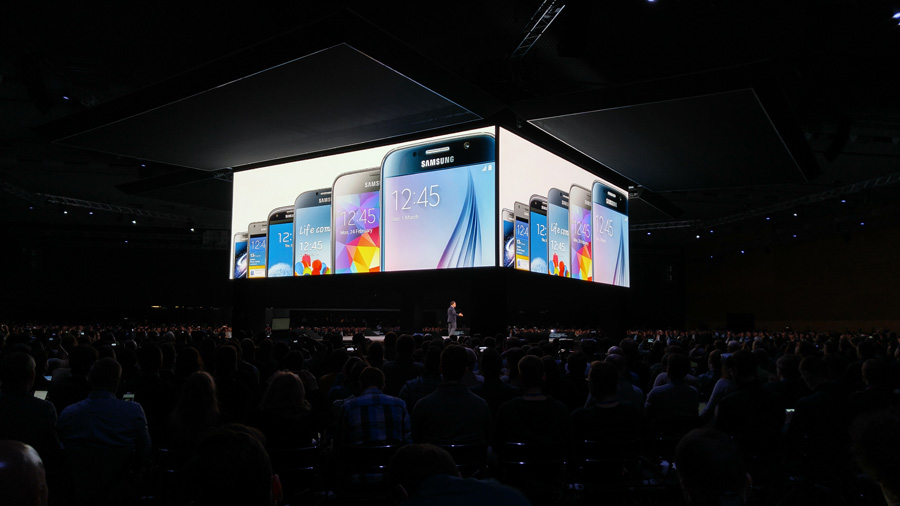
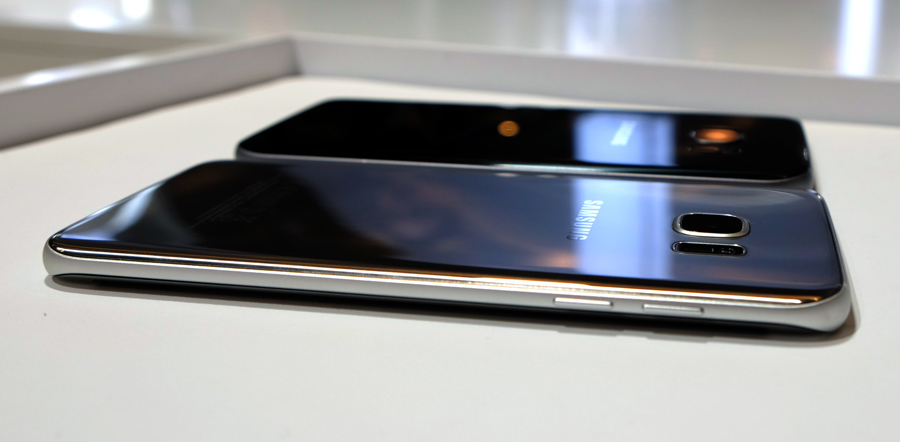
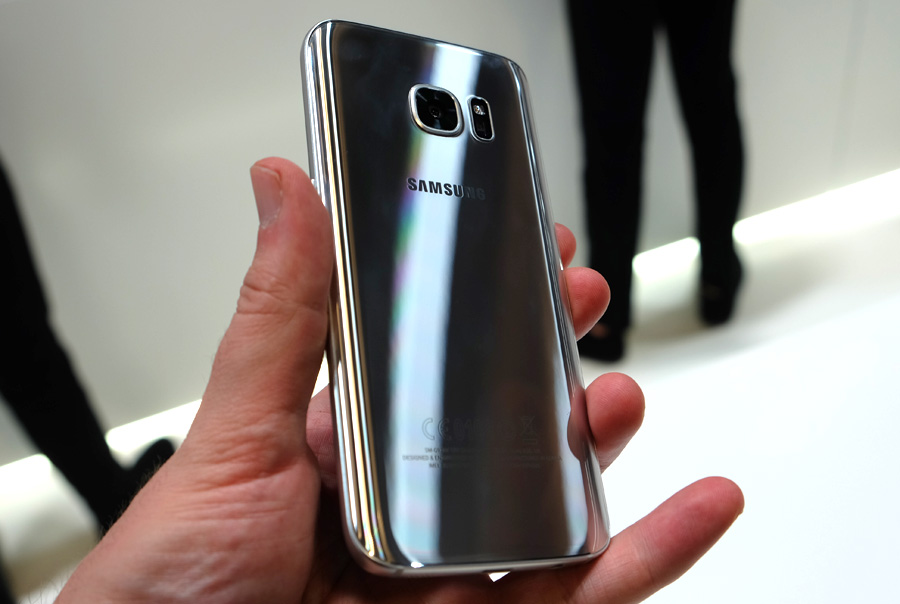
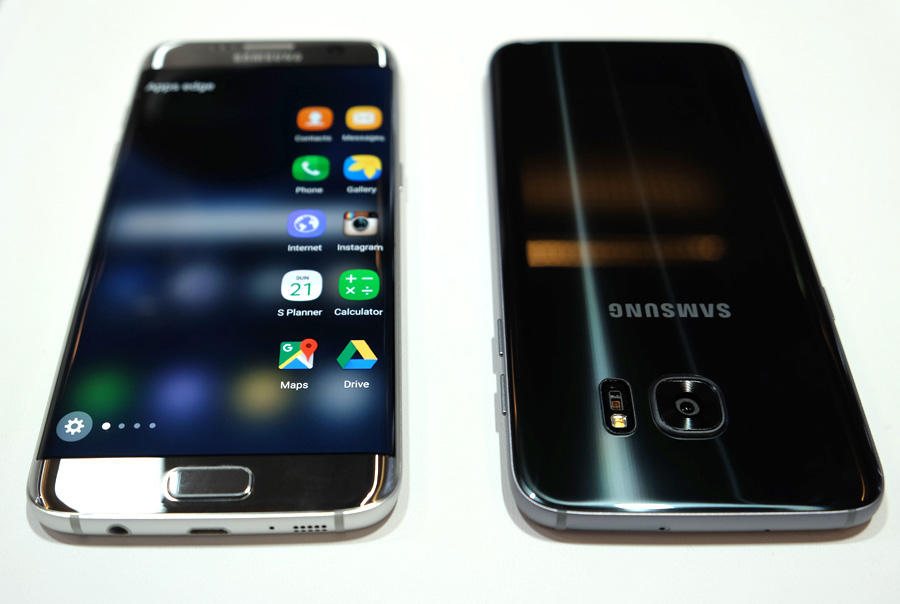
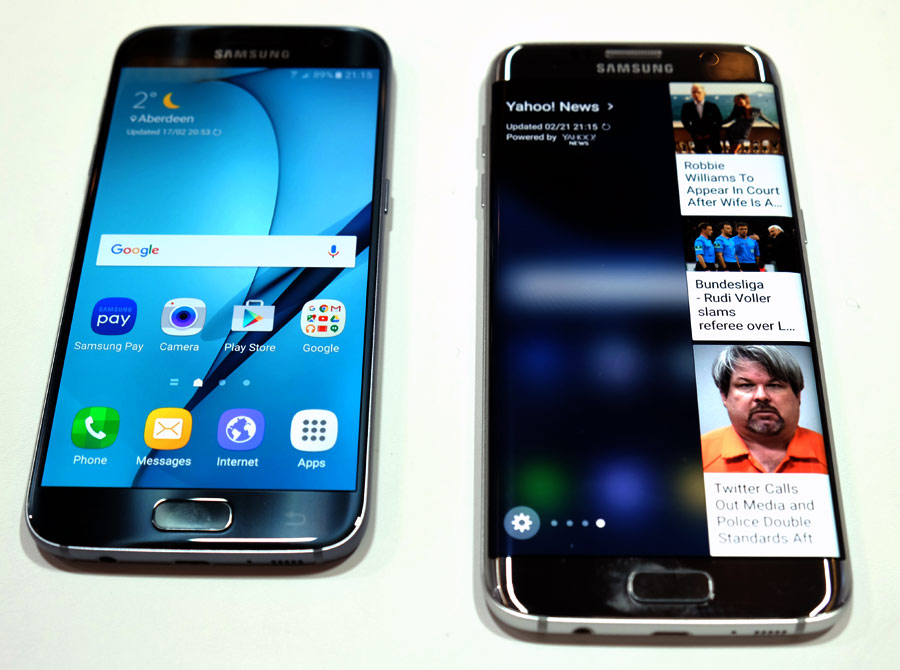
| Samsung Galaxy S7 Edge
Display: 5.5-inch 2560 x 1440 Quad HD Super AMOLED edged display with 534 pixels per inch OS: Android 6.0 Marshmallow Processor: 2.6/2.3GHz + 1.5GHz Exynos 8890 64-bit octa-core processor Memory: 4GB RAM, 32GB (microSD card slot expandable up to 200GB) Camera: 12-megapixel rear camera with optical image stabilization, 5-megapixel front-facing Video: Up to 4K Ultra HD video recording Battery: 3600mAh (non-removable) Connections: LTE, Wi-Fi, Bluetooth 4.1, A-GPS, NFC, Fast Charging, Wireless Charging, Samsung Pay (coming soon) Waterproofing: IP68-certification water-resistance Dimensions: 5.94 x 2.86 x 0.77 inches Weight: 157 grams Comes in black |
While it may seem like a drawback to move to a 12-megapixel image sensor, the very wide f/1.7 aperture and larger micron pixels inside will most likely result in an upgrade in both performance and composition because of how much extra light can pass through. Without properly testing it, it’s too early to conclude anything, but given that the Galaxy S6 models did very well with the f/1.8 aperture and smaller micron pixels, photos should turn out even better on these two devices.
The use of dual pixels, which boils down to technology that mimics how human eyes see things, promises to enhance photos further, but only real-world testing will prove how true that really is.
Galaxy S7 Edge
In particular with the S7 Edge, the body is 3mm slimmer, despite having the same 5.5-inch screen as the Galaxy S6 Edge+, making it a little easier to wield in one hand. The Edge UX software also gets a newer look by encroaching further into the display.
This culminates in what should be a more effective user experience that offers more. AppsEdge presents up to 10 app shortcuts. PeopleEdge carries on the same colour-coded contact shortlist from last year’s devices. TasksEdge is an actionable shortcut to skip steps to a specific function, like, for example, launching the front-facing camera for a selfie or messaging someone specific on your contact list.
Panels for news, contacts and apps will get wider treatment, showing off more visuals to make them stand out more. There are a number of options already available to select from, and word is that Samsung will try hard to bring in more from other developers.
Gear 360
The Gear 360 was unveiled, yet remains somewhat of a mystery device. Smaller than a tennis ball, it has dual 195-degree 16-megapixel lenses that shoot simultaneously, and can then be merged together for a full spatial 30-megapixel photo or 4K video. Both Galaxy S7 handsets will be equipped with the processing power and app to render these images directly through a Wi-Fi Direct connection.
It has a simple record and OK button at the top for manual control, though the phone can manage all that, too. There is a standard tripod mount at the bottom, with a battery compartment on the side that also houses the microUSB port for charging and file transfer to a computer. The natural progression from there is to view the content on the Gear VR headset.
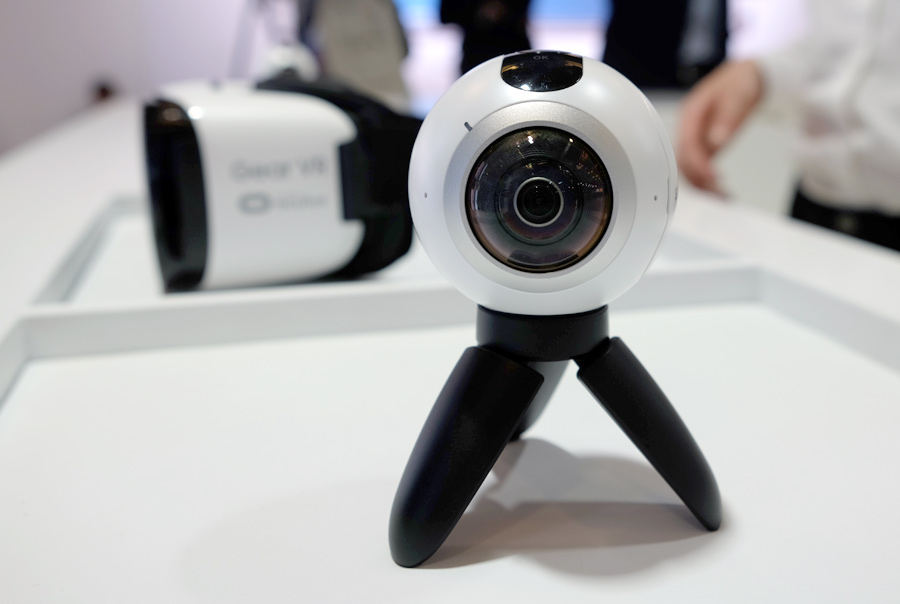
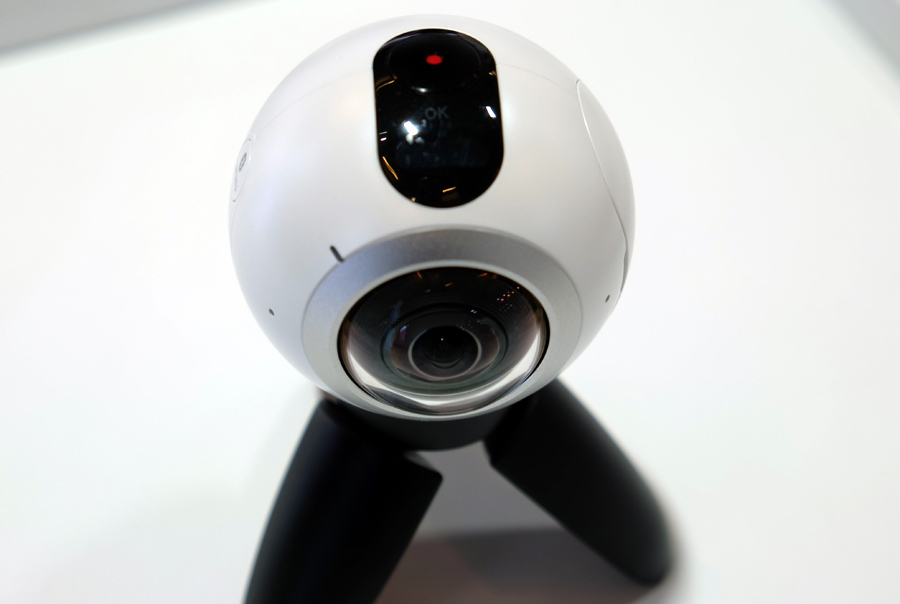
Facebook CEO Mark Zuckerberg shocked the capacity crowd at the event by appearing personally to talk about how Samsung is pushing VR to the mainstream, with help from the Oculus Store, the VR apps and games marketplace owned by the world’s top social network. This portends a closer relationship moving forward, but no concrete details were provided to illustrate what that means in the long run.
There is no official release date for the Gear 360, other than sometime later this year. It’s also unknown if there will be backward compatibility with the Galaxy S6/S6 Edge/S6 Edge+ and Galaxy Note 5.
For the Galaxy S7 and S7 Edge, the former will come in black and silver, while the latter will come in black. Other tones may become available later, but Samsung isn’t saying one way or another.
GET THE SAMSUNG GEAR VR FOR $49.99 (SAVE $90) WITH GALAXY S7 OR S7 EDGE ACTIVATION

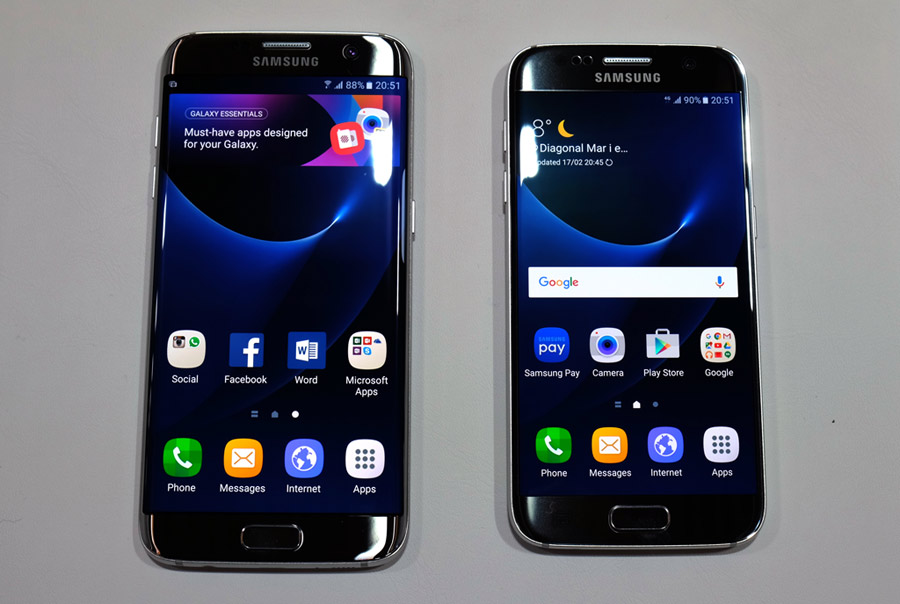
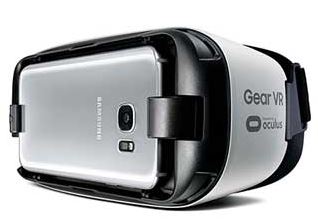



I am happy they put the micro SD card slot back in, still not to happy about non removable battery though
Removable batteries are a thing of the past. Companies like BlackBerry and Samsung were the remaining holdouts, and they’ve entirely jumped ships.
Looks like the Edge is the new replacement for the Note.
JB
Yeah thats too bad about the battery. Nah there will likely still be a Note it is usually released in the Fall though
The Canadian GALAXY S7 and S7 edge are ppwered by Samsung Exynos 8 Octa (Exynos 8890) which is the octa-core version.
The Snapdragon 820 versions of the S7 and S7 edge will not be available in Canada unfortunately.
The Snapdragon 820 is a Quad-Core SoC which utilizes Heterogenous Compute (HC). It is not ever an octa-core cpu (compare LG G5 which also has Snapdragon 820 and it is indeed a quad-core).
Source: https://www.qualcomm.com/products/snapdragon/processors/820
On the other hand, the Exynos 8890 is an octa core which runs under Heterogenous Multi-Processing (HMP) which allows usage of all 8 cores at once. This is the one found on the octa-core S7 family.
Source: http://www.samsung.com/semiconductor/minisite/Exynos/m/showcase.html#?v=smartphones
Sammobile further proves that the Canadian GALAXT S7 and S7 edge are powered by the Exynos 8890 SoC, Samsung’s first CUSTOM OCTA CORE CPU.
http://www.sammobile.com/2016/02/24/canada-gets-the-exynos-8890-powered-galaxy-s7/
How much would the S7 Edge cost without contract ?
Likely $1000+ but most providers dont sell the newest phones without a contract
Galaxy S7 announcement should be positive hipe about the new samsung phonne promtion but sadly its on the heals of a drive to have Samsung ban the use of cobalt in the use of its handsets ” new” batteries.. no wonder the batteries are not removable “eh” ..
link to exposing the dark side of galaxy battery choice that i received
https://secure.avaaz.org/en/dark_side_of_galaxy_cs/?kJZyWbb
Thanks for the comments, everyone.
Indeed the Canadian variants of both phones run on Samsung’s own Exynos octa-core processor, whereas the U.S. will be the only market getting the quad-core Snapdragon 820. The company was unsure about revealing that at Mobile World Congress in Barcelona, for whatever reason.
So, @blue16 comment is correct, and appreciate pointing it out. Reviews of both phones coming very shortly on Plug-In!
Comments are closed.